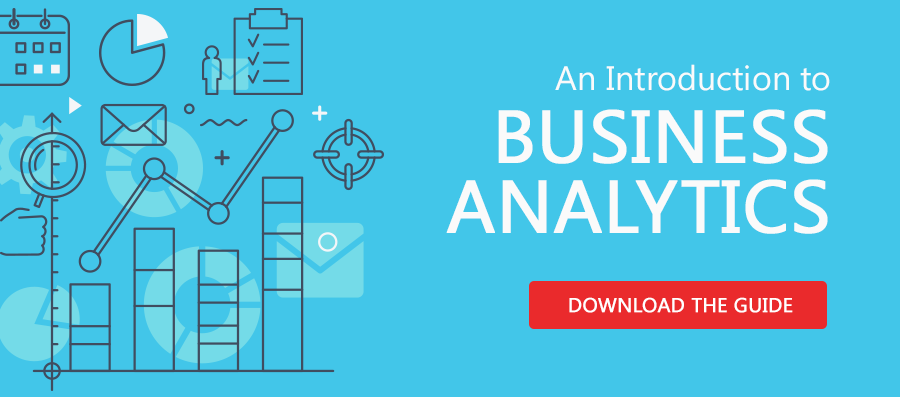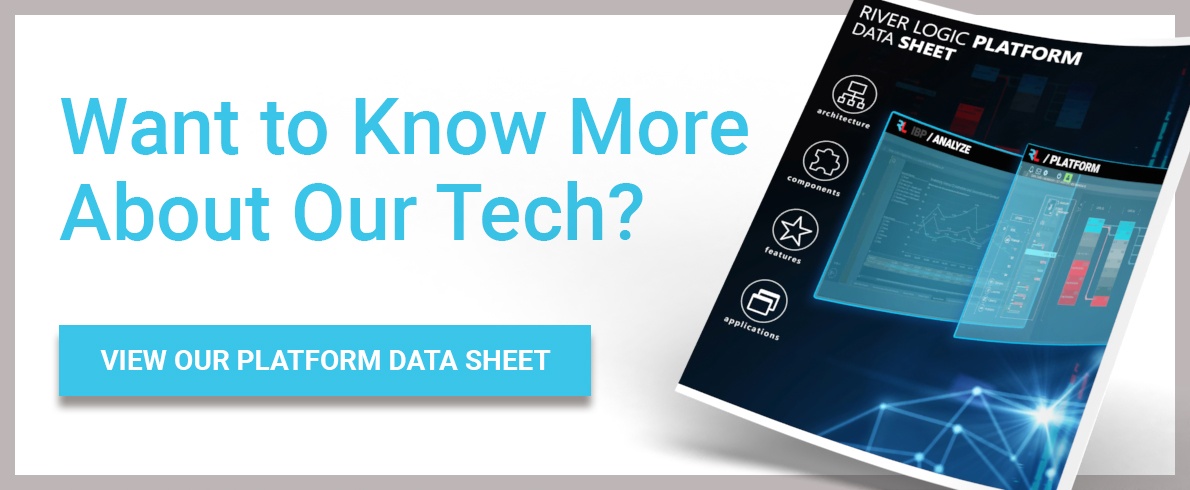According to Supply Chain Digital Magazine, many manufacturers are falling behind with more than two-thirds of them being unable to provide data-driven analytical information to support their business decisions.
In light of the dramatic advances in analytics, this surprising statistic reveals a serious problem in terms of understanding and acceptance of the benefits of advanced analytics such as predictive and prescriptive analytics. It also points to the fact that many companies have little understanding of their supply chains dynamics or how to identify potential supply chain challenges, nor do they know how to fix their supply chain analytics problems
What Are Supply Chain Analytics
To understand how analytics can help, it’s useful to compare the type and quality of information derived from the different forms of analytics.

Descriptive analytics
These include standard historical reporting metrics as well as measures such as:
- Inventory turnover
- Number of inventory days held
- Inventory turnover ratio
- Percentage orders delivered on time
- Order accuracy
- Inventory wastage
These metrics are termed descriptive because they report what happened in the past. This information is useful and essential, but isn’t directly actionable
Diagnostic analytics
The next level of supply chain analytics is known as diagnostic, providing insight as to why targets were missed. Requiring a degree of added intelligence, diagnostic analytics determines the real reasons for poor performance so corrective action can be taken. As before, diagnostic analytics identifies only the reason, not the solution.
Predictive analytics
The problem with descriptive and diagnostic analytics is they are essentially reactive, dealing with the past.
Rather than trying to fix past problems, how about predicting them before they happen?
Known as predictive analytics, this form of analytics uses historical data, advanced mathematics and complex algorithms to determine future trends, allowing organizations to adjust strategies beforehand. To illustrate the point, weather forecasting is a common example of predictive analytics that uses advanced weather forecasting algorithms together with global weather data to predict weather with remarkable accuracy and detail.
Up to 30 percent of supply chain professions say they use predictive analytics to determine future trends.
Prescriptive analytics
Knowing what will happen is fine, but knowing what to do is even better. Prescriptive analytics builds on the base provided by predictive analytics. It uses advanced modeling and solver software to run complex scenarios to determine optimal supply chain decisions to issues and trends identified by diagnostic, descriptive and predictive analytics.

How Supply Chain Analytics Helps Drive Your Business Forward
Supply chain analytics provide real, tangible information about the business environment. Whether the information is historical or forward looking, analytics provide managers with the data they need to manage supply chains.
In this way, it’s possible to reduce inventory yet still meet demand. Also, logistics managers can develop a better understanding of their logistics networks to devise ways to reduce transport costs while meeting delivery targets.
Using advanced supply chain analytics, it’s possible to better understand changes in demand. For example, how seasonal demand may affect sales, or the degree that cold wet weather could affect demand for products like refreshments and beverages. Advanced supply chain analytics allows supply chain managers to determine the potential impact of supply chain trends and how they can meet their supply chain KPIs and minimizing costs.
Who’s Using Supply Chain Analytics?
While most companies have always used historical descriptive analytics, relatively few have taken the leap into predictive and prescriptive analytics. At the same time, a report from Sapio Research shows that many businesses are overwhelmed by the volume of data at hand and that 71 percent believe a lack of supply chain visibility is negatively affecting their businesses. Similar information from Statista reveals that only 39 percent of companies had reached adoption maturity in supply chain information and analytics technologies.
But the other side of the coin shows that those exploiting advanced supply chain analytics are reaping rich rewards. Here are some examples:
- A U.S. forest products company used prescriptive analytics modeling for S&OP decision support and capacity planning purposes to turn more than 2 percent of its revenue into increased profit. Additionally, it was able to optimize product mix and maximize profits.
- An Asian shipping company was able to reduce shipping fuel consumption by more than 10 percent by using advanced analytics to model container logistics and port constraints.
- A global manufacturer with revenues exceeding $10 billion identified multi-million dollar profit improvement opportunities related to network, capacity and procurement optimization processes while significantly reducing planning time and effort
Are You Getting Value: Limitations of Historical Supply Chain Analytics
Deloitte’s 2019 Supply Chain Digital and Analytics Survey revealed that 76 percent of its respondents said developing supply chain digital analytics capability was important for delivering on their overall supply chain strategy.
The question that arises is what value are you getting from your supply chain analytics? Are they helping to drive your business forward or simply revealing its inadequacies? Do your supply chain analytics help break down silos or entrench them? Are your analytics fragmented, each focusing on individual functional targets that may be in conflict with one another?
If that’s the case, you’re in good company.
Even new technologies such as the supply chain control tower, intended to improve overall visibility, have limitations. They can’t offer the same insights as an advanced supply chain analytics platform that models the entire business so decisions are for the good of the business, not just for a part.
How Predictive and Prescriptive Analytics Overcome These Limitations
The key difference between fragmented supply chain analytics solutions and predictive and prescriptive analytics is that these newer technologies consider the whole. The starting point is the preparation of a mathematical model that accurately describes the business.
Using this model, it’s possible to determine future supply chain trends and direction. The next step is determining the best business decisions to improve and refine the supply chain. This is done using solver software that’s capable of analyzing thousands of scenarios to arrive at a single solution that maximizes supply chain performance in terms of predetermined business objectives.
For many, the idea of writing a mathematical model of the business and applying the correct solver solution is, rightly, overwhelming. That’s why River Logic developed its SmartSolve™ solution that does away with the need for hard coding and uses instead an intuitive constraint-based visual coding solution that simplifies model building.

Keep Up with Advanced Supply Chain Analytics
As supply chains become more complex, there’s a greater need to manage them effectively. Also, as recent events have shown, disruptions in one part of the world can rapidly dislocate global supply chains, leaving supply chain managers struggling to find alternative supplies.
While the natural reaction in such situations is to find workable solutions, prescriptive analytics supply chain solutions have the capability to fully evaluate alternatives, reducing the risk of supply chain disruption as well as minimizing financial cost.
Advanced supply chain analytics solutions can analyze multiple alternatives in a short space of time, providing answers into which out of many alternatives is best.
Only prescriptive analytics can provide actionable solutions to the problems highlighted through other forms of analytics and identify the right, optimal and data-driven decisions.



